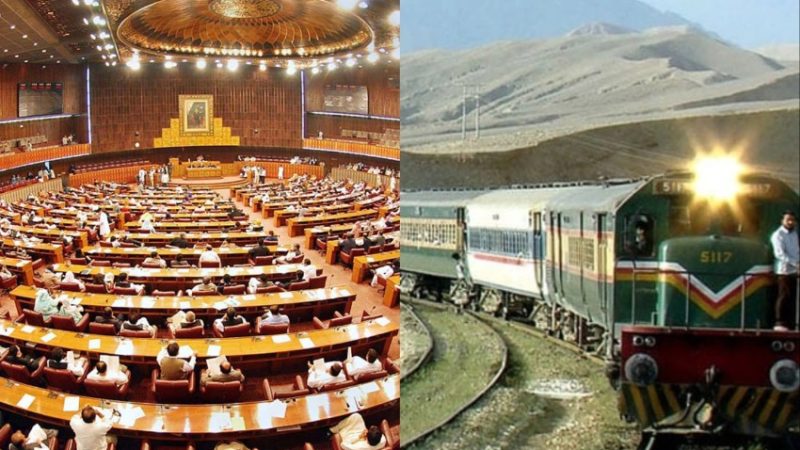Covid-19 mitigation that is both invisible and effective

You probably grasp the basics of prevention two years into the Covid-19 pandemic: immunizations, boosters, correct hand washing, and masks. However, one of the most powerful weapons against the coronavirus is one that experts believe is just now beginning to get the attention it deserves: ventilation
“The issue for groups working to enhance air quality is that it’s invisible,” said Joseph Allen, head of the Harvard T.H. Chan School of Public Health’s Healthy Buildings Program.
Other Covid gears, it’s true, are more palpable. Visualizing how the virus would act in a poorly ventilated location, on the other hand, might help humans better understand this mitigating approach.
It reminds Allen of cigarette smoke. “If I smoke in the corner of a classroom and the ventilation/filtration is poor, the room will fill with smoke, and everyone will be breathing the same air.”
After that, take it outside.
“I could be smoking a cigarette and you could be a few feet away, depending on which direction the wind was blowing, and you wouldn’t even notice.”
You may be inhaling in less fresh air than you believe if you’re indoors.
“Everyone in a room is continually breathing air that has just come from the lungs of others in the room.” And, depending on the ventilation rate, up to 3% or 4% of the air you’re inhaling might have come from the lungs of other people in the room,” Allen explained.
This is what he refers to as respiratory backwash.
“Normally, it wouldn’t be an issue, right?” This is something we do all the time. We are constantly sharing respiratory microbiomes with one another. However, if someone is sick and contagious, such aerosols might spread the infection. That’s an issue.”
The Biden administration launched a Clean Air in Buildings Challenge last month to further strengthen air flow’s role in the Covid-19 struggle.
The project encourages building owners and operators to improve air flow by following the EPA’s guidelines.
The main steps are to develop a simple interior air movement design, optimise clean air flow, improve air filtration and cleaning, and attract the constructing network by communicating with residents to increase awareness, commitment, and involvement.
Although the communication may appear to be long overdue, Allen happily accepted it.
“From the pulpit, the White House declared emphatically that clean air and buildings are important. That’s enormous. Regardless of what you believe about what will happen next in terms of implementation or finance. Businesses, organisations, institutions, and state authorities are already hearing this message loud and clear. I’m already seeing these changes.”







